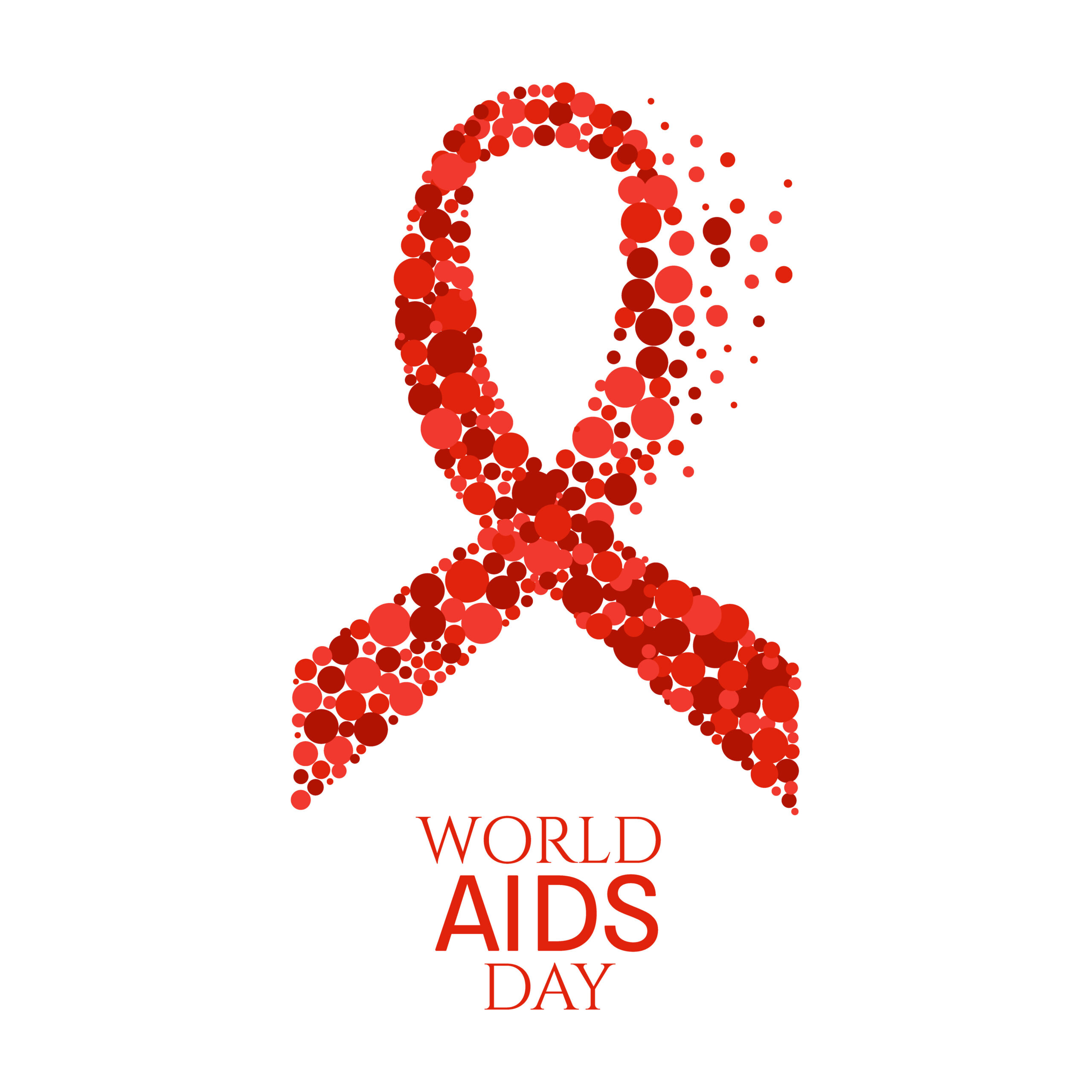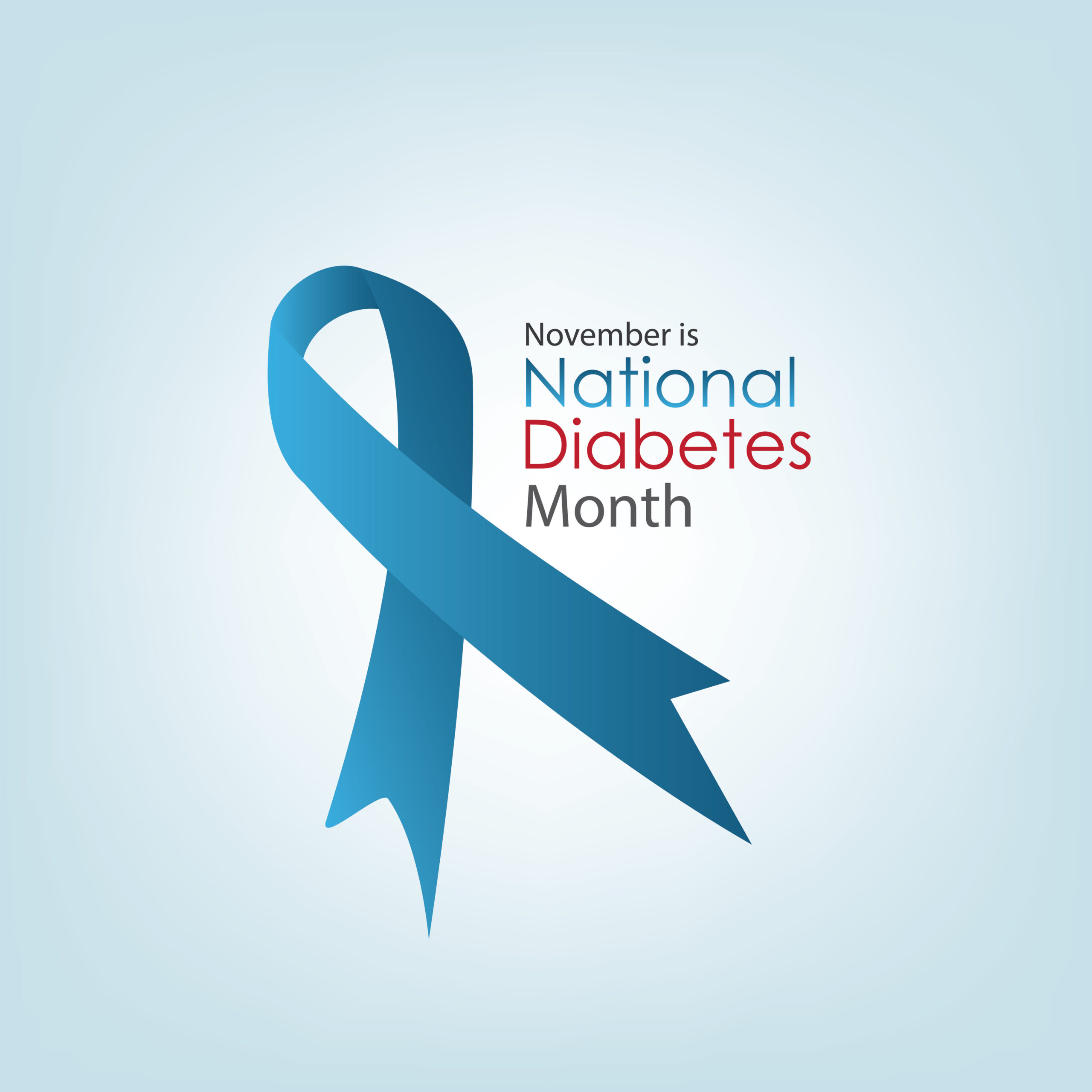
Every person has a complex mind of their own, filled with memories, perceptions, experiences, and knowledge. All of these pieces help shape one’s identity, how one sees himself or herself, and how he or she sees the world as a whole. Bias is a byproduct of these factors.
Defining Bias
The term “bias” refers to a preference or prejudice one may have for or against something. Bias can be intentional or unintentional, conscious or unconscious, chosen or unchosen by the individual. Bias may be created or impacted by past experiences (both positive and negative), parent and family opinions, entertainment sources such as books, movies, television shows, and other internal and external factors.
Example:
Bias Bite Consider a person who, as a child, experienced a fluffy cat aggressively biting him on the arm; this person grows up to become a father, and he tells his kids how fluffy cats like to bite people, and maybe this idea is reinforced by the kids seeing a badly behaved cartoon cat on their favorite television show. The father, nor the kids, may not realize that they are developing a bias against fluffy cats as a whole, but they now have a negative opinion based on multiple factors influencing their outlooks.
Bias in Healthcare
Beyond fierce fluffy cat awareness, you may be more familiar with bias being present in the media, news stories and other informational realms, but bias can also exist in a clinical setting, or truly within any “people serving people” profession. For example, physicians may feel more comfortable and competent treating a patient with the same gender identity, or perhaps he or she has strong opinions for or against certain religions. Could this physician be treating one patient with confidence and understanding, while approaching another with fear?
Patients are unique, individual, and deserving of compassion. It is important for individuals to recognize and identify any biases that may be impacting the care they provide, and helpful education and training by Dina Proto International can help uncover any barriers and potential disparities to take the “bite” out of bias.



